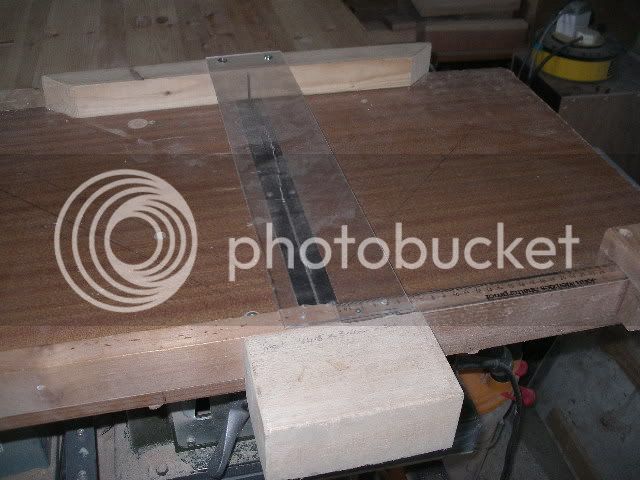Hi
This may seem a little dum but I am having problems cutting small sections of sheet material, such as laminated chip board. Lets assume I want to make a shelf 1m long and 300mm deep. I cut a 1200 x 2400 sheet into sections on the driveway using my circular saw. I usually find that the sides are not exactly the right size and not accurately square. So I move on to my table saw which is a small aluminium table axminster table saw. My problems start as I cannot make my first cut 90 degrees to the other edge as I need to feed the piece though the blade perpendicular to the face edge. The cross cutting fitments on my saw firstly is not accurate enough to feed a large piece through the saw.
OK so I watched some videos and decided the cure was to make a sled, admittedly I was unhappy taking the saw blade guard off to install a sled. Until I started constructing a sled, same problem to make the sled I have to get a square piece over the size of my table saw guides.
I need to be able to cut sheet material up squarely to a chosen edge and I seem not even to be able to do this simple task. Could someone please spell out the basics of woodworking to me as at college they had all the really expensive sliding saw attachments etc which I sadly have not.
Thanks
Mark
This may seem a little dum but I am having problems cutting small sections of sheet material, such as laminated chip board. Lets assume I want to make a shelf 1m long and 300mm deep. I cut a 1200 x 2400 sheet into sections on the driveway using my circular saw. I usually find that the sides are not exactly the right size and not accurately square. So I move on to my table saw which is a small aluminium table axminster table saw. My problems start as I cannot make my first cut 90 degrees to the other edge as I need to feed the piece though the blade perpendicular to the face edge. The cross cutting fitments on my saw firstly is not accurate enough to feed a large piece through the saw.
OK so I watched some videos and decided the cure was to make a sled, admittedly I was unhappy taking the saw blade guard off to install a sled. Until I started constructing a sled, same problem to make the sled I have to get a square piece over the size of my table saw guides.
I need to be able to cut sheet material up squarely to a chosen edge and I seem not even to be able to do this simple task. Could someone please spell out the basics of woodworking to me as at college they had all the really expensive sliding saw attachments etc which I sadly have not.
Thanks
Mark





